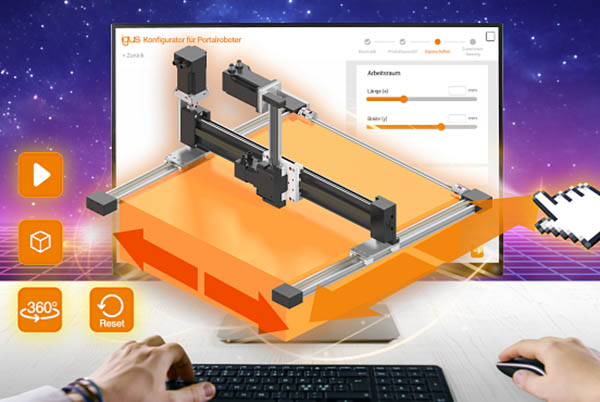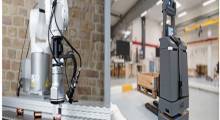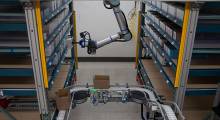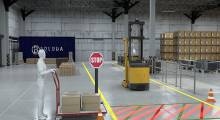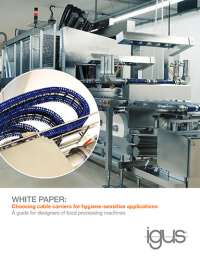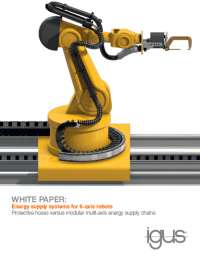With the help of the game engine Unity, motion plastics specialist igus Inc. last week said it has given its online configurator for low-cost linear robots a facelift, making its operation even more efficient.
The configurator was launched last year to make it easier for companies to get started with automation.
Many companies are recognizing the benefits of autonomous machines because they increase efficiency, reduce errors, and lower costs, said Rumford, R.I.-based Igus. But choosing the right robot can be time-consuming— and time is money, the company argued.
For the new design of the configurator, igus developers used Unity— a platform used in the development of PC and console games.
“Since the launch of the configurator, we received a lot of positive feedback on the gamification approach and intuitive usability,” said Alexander Mühlens, head of the automation technology and robotics division at igus. “Nevertheless, we asked ourselves: Can we continue to improve operation with this feedback? The answer was a resounding yes. As a result, we have further optimized the configurator and added new functions.”
igus offers step-by-step guide
In the first step, the user selects the kinematics, i.e. a line, flat or room linear robot. The view is reminiscent of a selection menu from a computer game, which players use to select racing cars, for example.
With these standard configurations, the right robot can be quickly selected under clear conditions, the company said. The online configurator allows users to request a special linear robot that meets the specific requirements of their individual application.
The next step: configuring the linear robot. Sliders are available here, which can be used to set the stroke lengths of the X, Y, and Z axes with millimeter precision.
A dynamic 3D model of the linear robot, which can be rotated in all directions, visualizes the settings in real time.
“We have added a new function at this point,” said Mühlens. “With one click, it is now possible to also display the installation space of the linear robot. We use colored areas for this. This gives users a visual impression of how much space their automation solution takes up.”
To ensure transparency in terms of costs, users also receive an instant display of the price of their automation solution. Advanced users can also export the 3D model as a STEP file and process it further in any CAD program.
With the online configurator, it is even possible to define robot movements—by entering a few parameters and without programming knowledge.
“With this function, we follow the motto ‘Test before invest’. Thanks to the moving 3D model, operators gain a feeling for robot movements and cycle times,” said Mühlens.
After online programming, the file can be displayed in virtual reality via an app or loaded into the real robot control system.
If operators are satisfied with the configuration of the linear robot, the next steps to follow are: select a suitable control system that completes the linear robot into a ready-to-connect low-cost robotic solution—whether ready-to-use with igus robot control or the do-it-yourself version with a D1 dryve control system kit.
Pre-assembled linear robots ship within 24 hours
Shortly after ordering online, the automation solution is delivered. Pre-assembled linear robots in standard sizes are even ready to ship within 24 hours. Another plus, thanks to the self-lubricating igus polymers, all configurable linear robot systems are 100% maintenance-free and clean in all bearing points, said the company.
Additional components such as grippers, vision systems, motors, and sensors are available to automation novices at the RBTX automation marketplace.
Now, users can configure an individual linear robot ready for connection faster and easier – in just five minutes and with instant price information, said igus.
With the help of the online tools, any automation solution can be programmed and tested directly in the selected working area. Even small and medium-sized companies can immerse themselves without a barrier in the world of automation – without the know-how of specialists and CAD software, igus argued.
Linear robots are available without control system from €1,000 ($1,048 U.S.) per unit, and with control system and software from around €4,000 ($4,194).
Article topics
Email Sign Up

